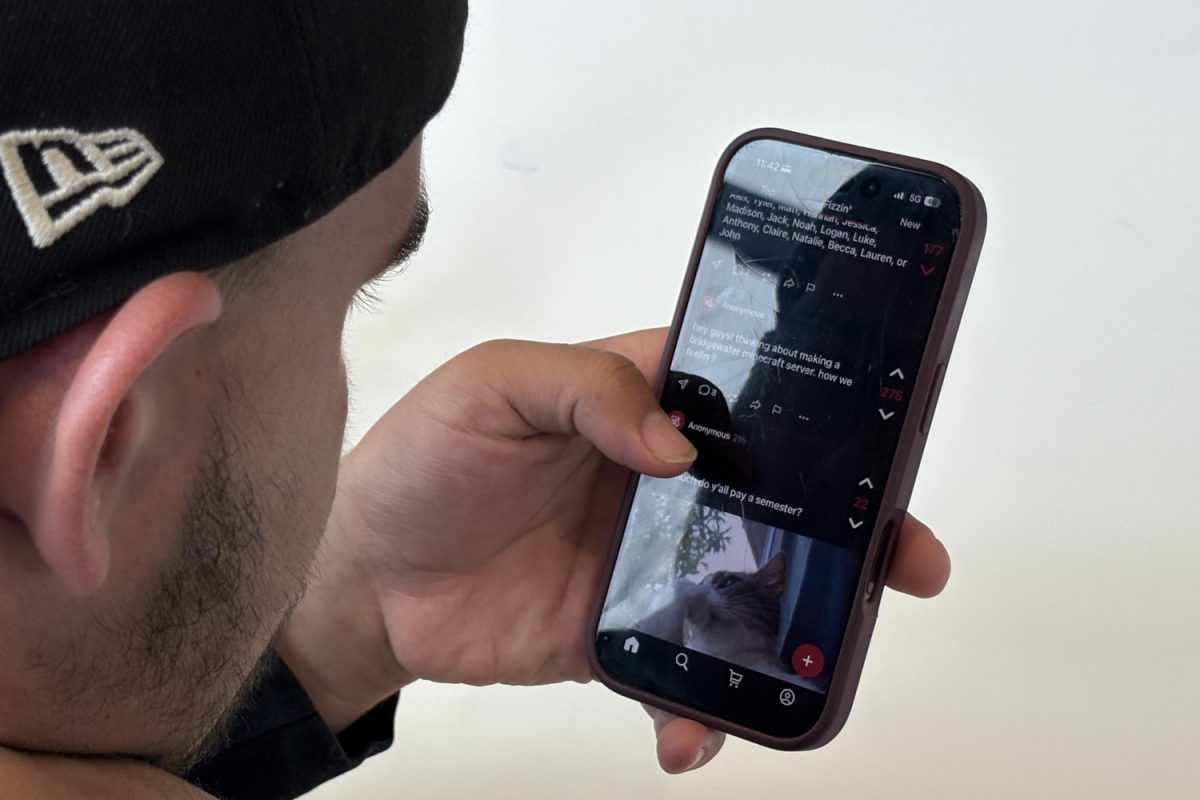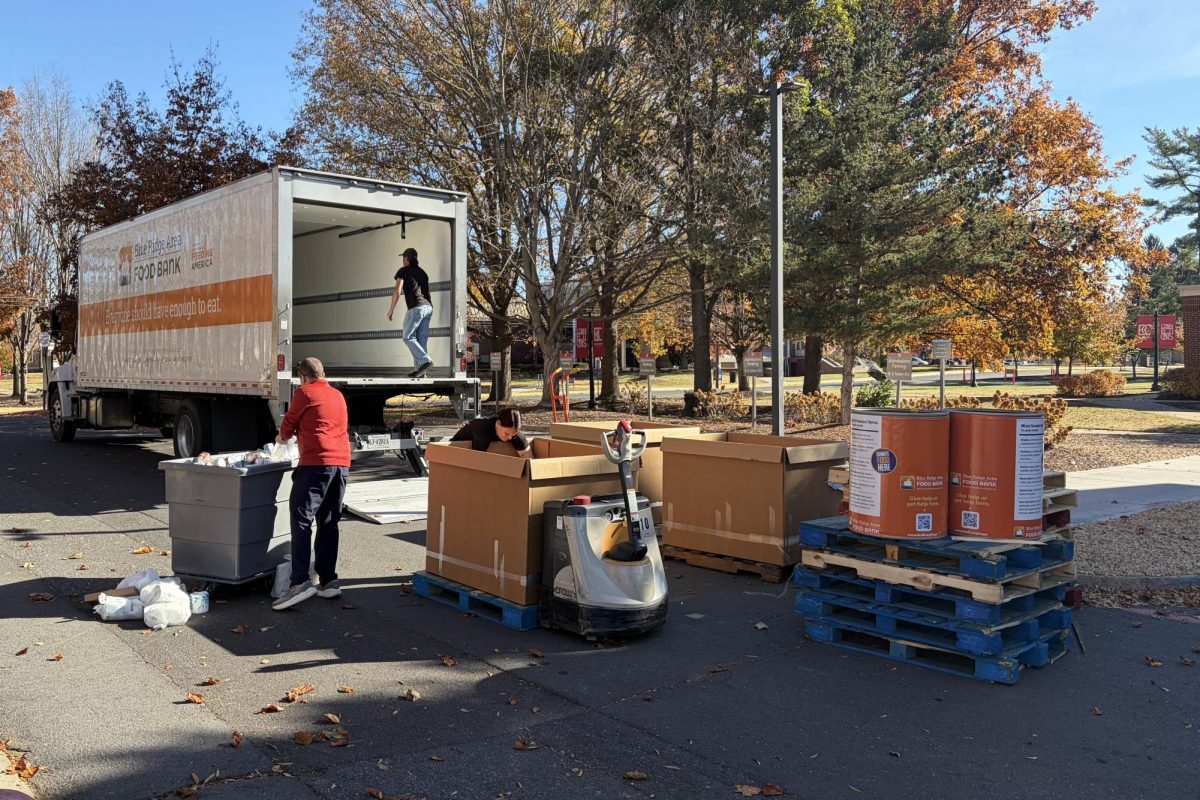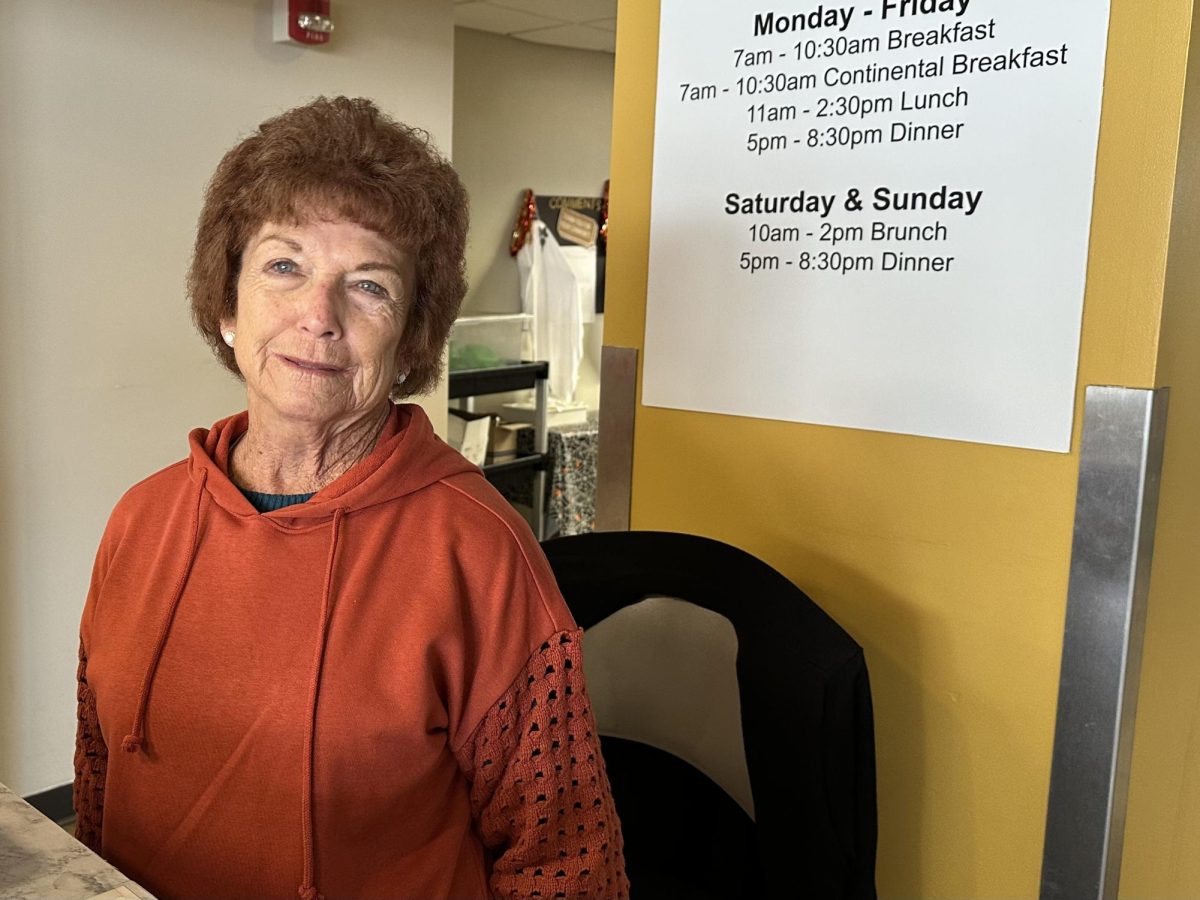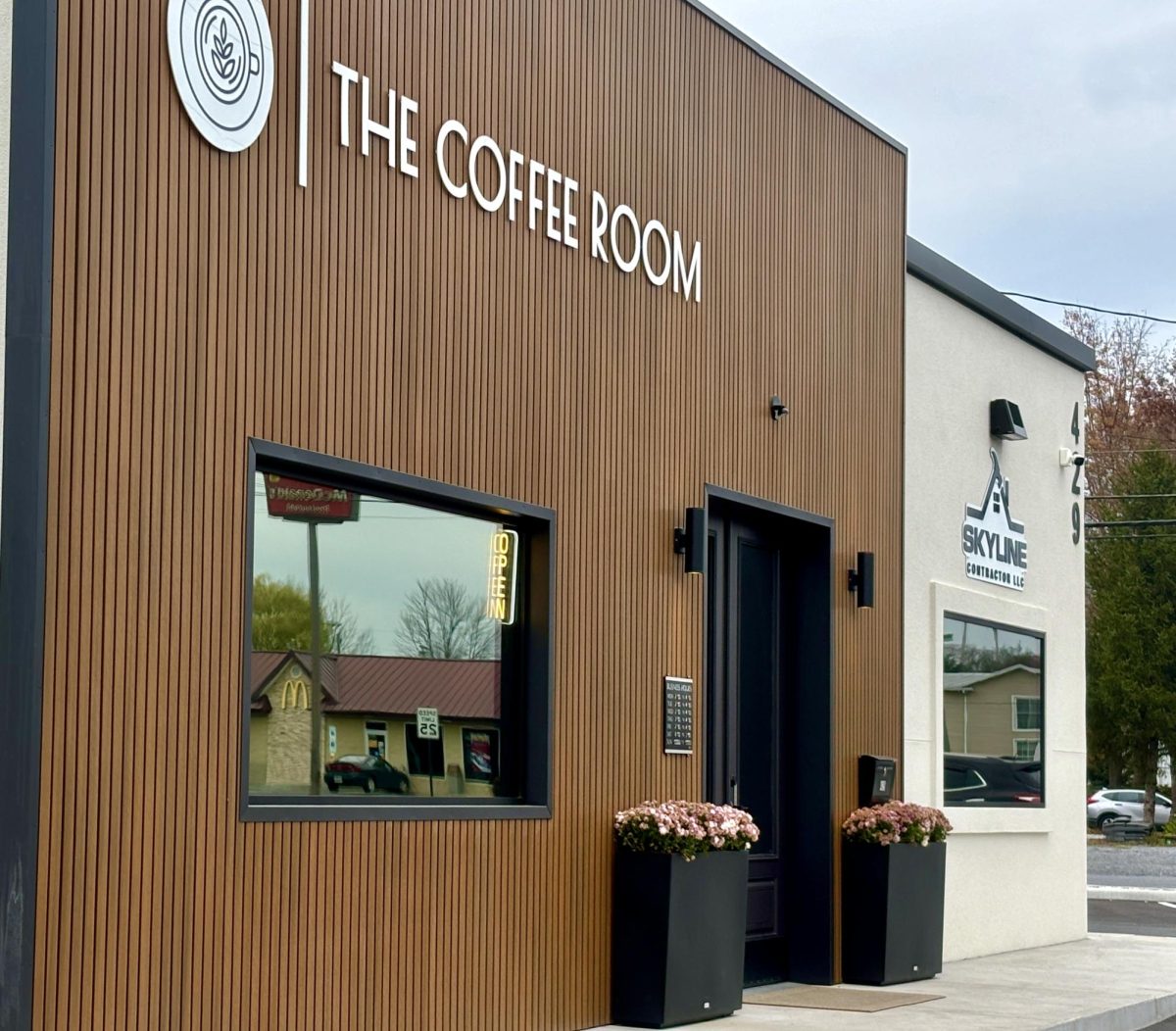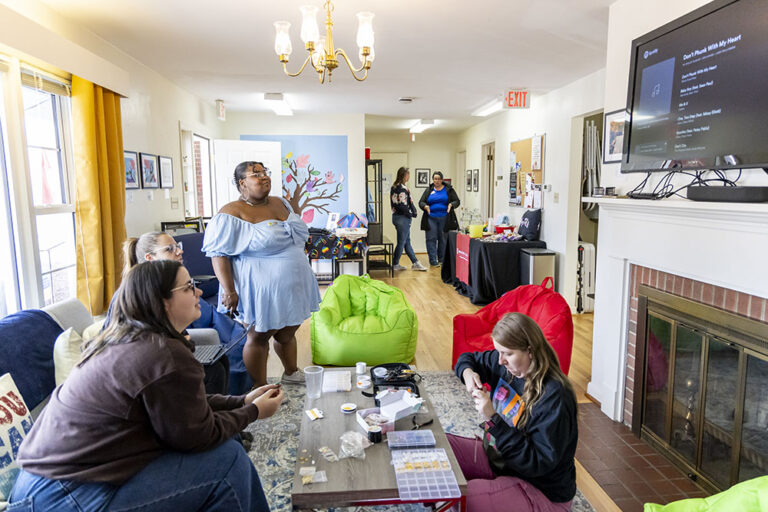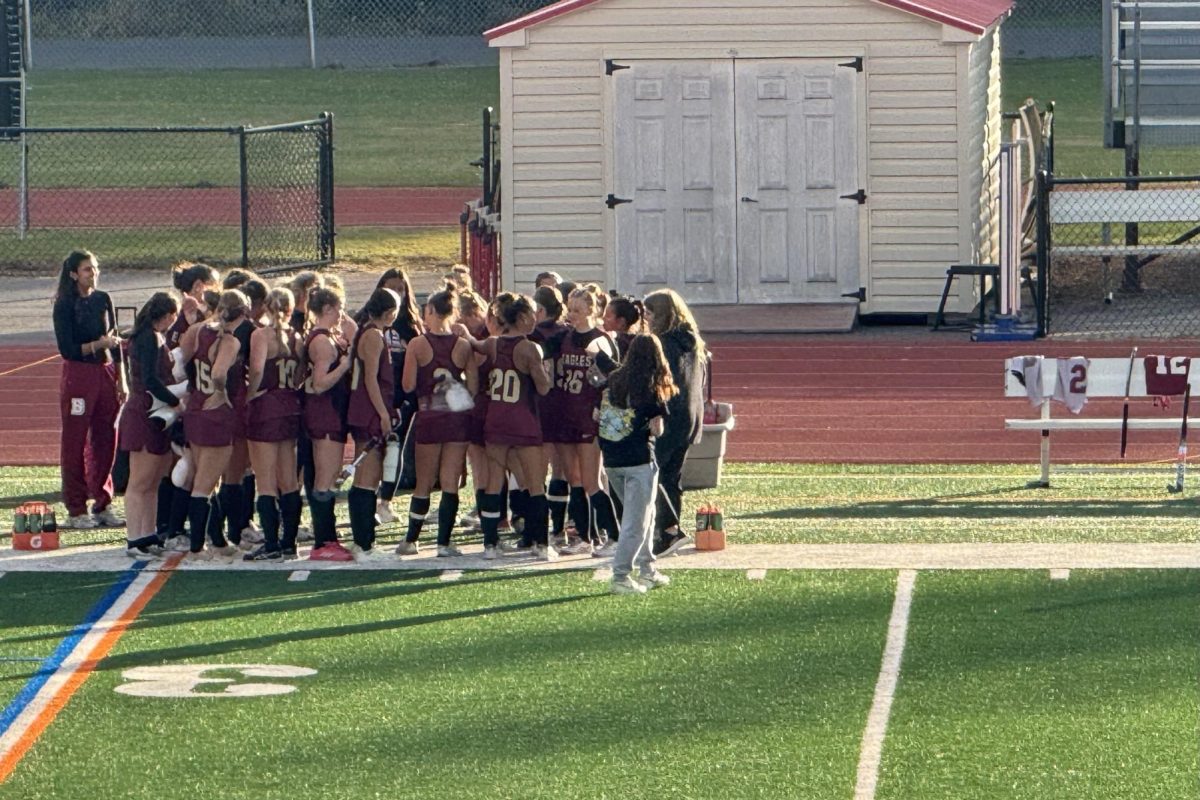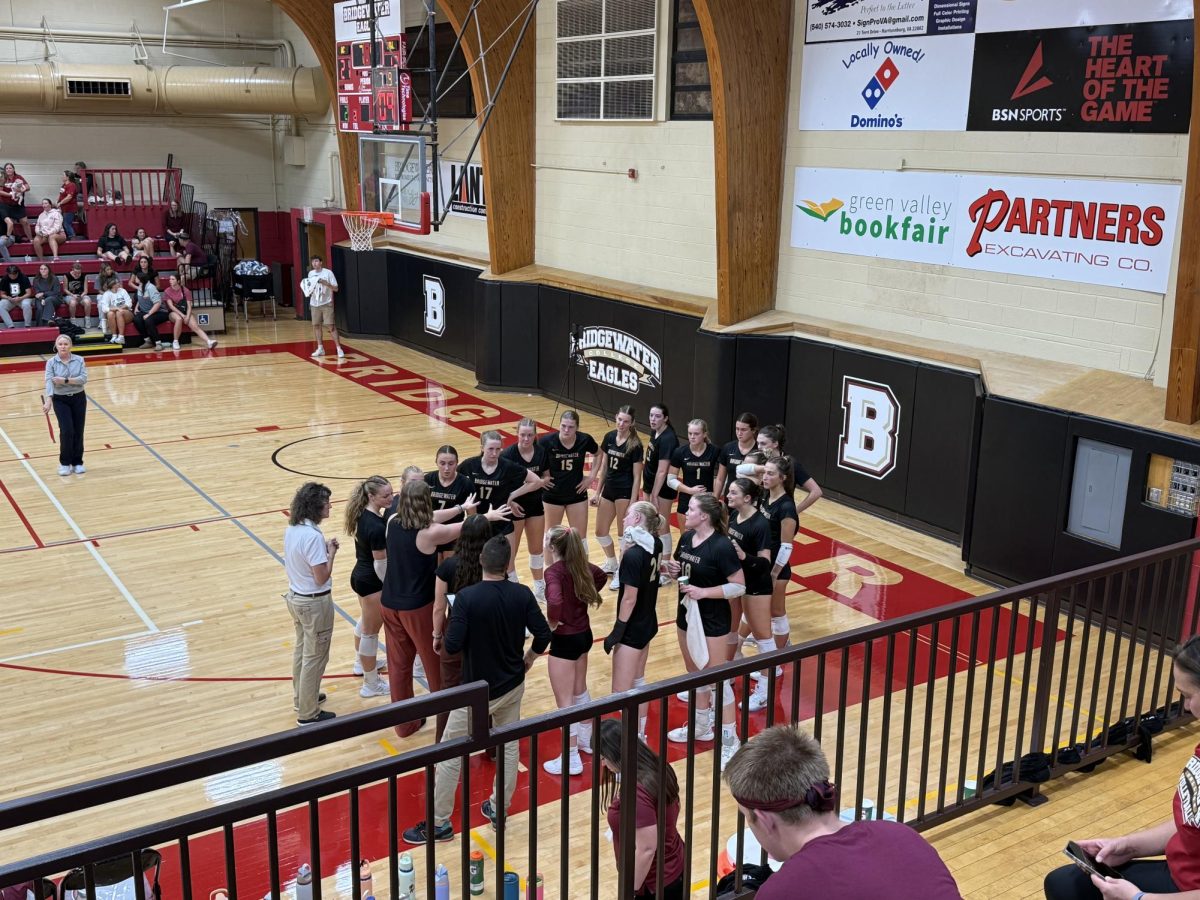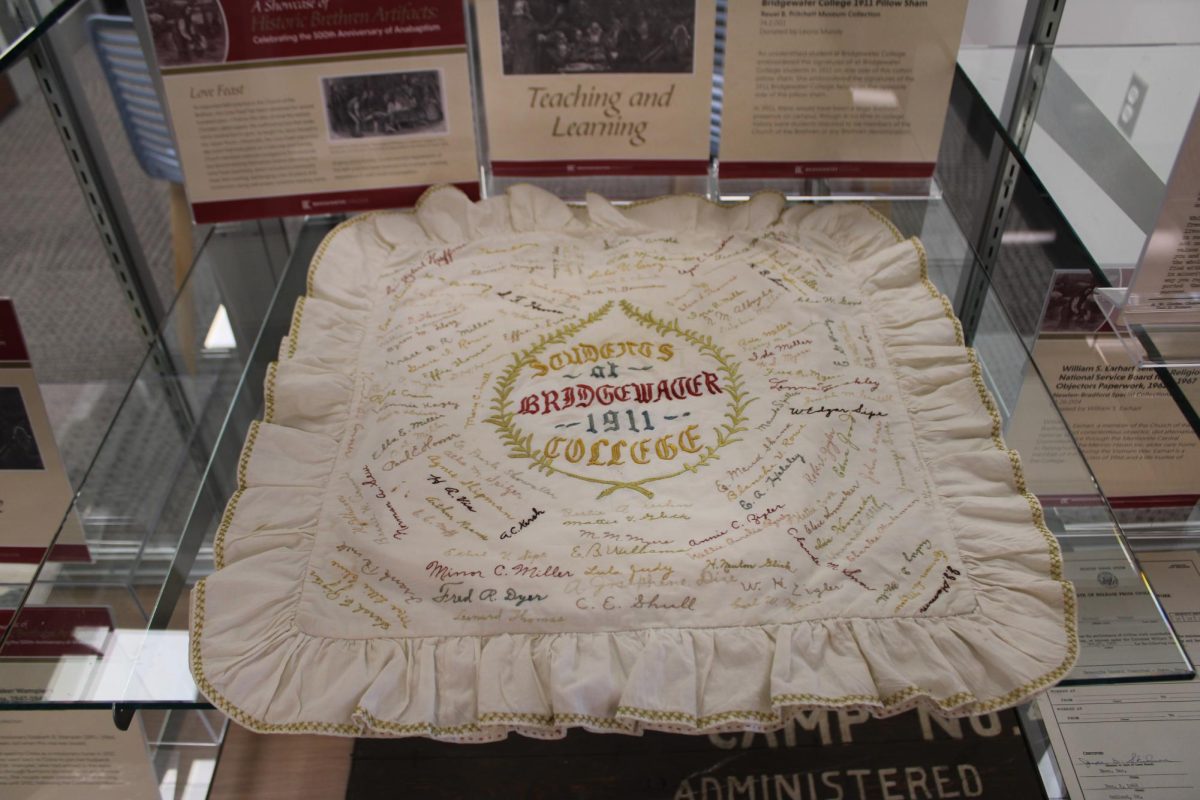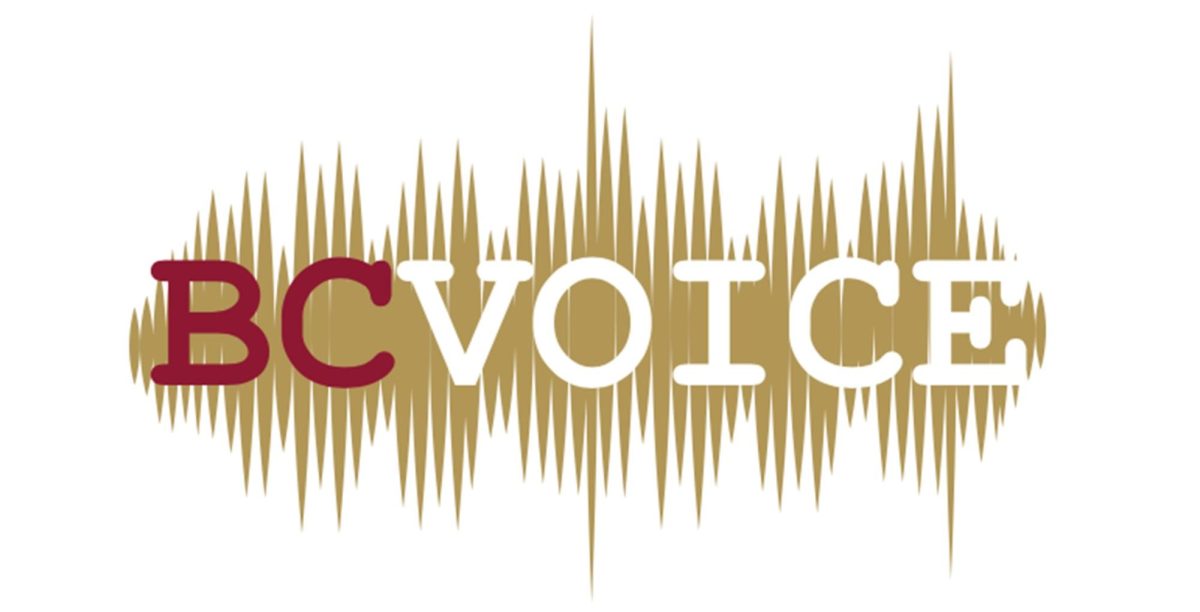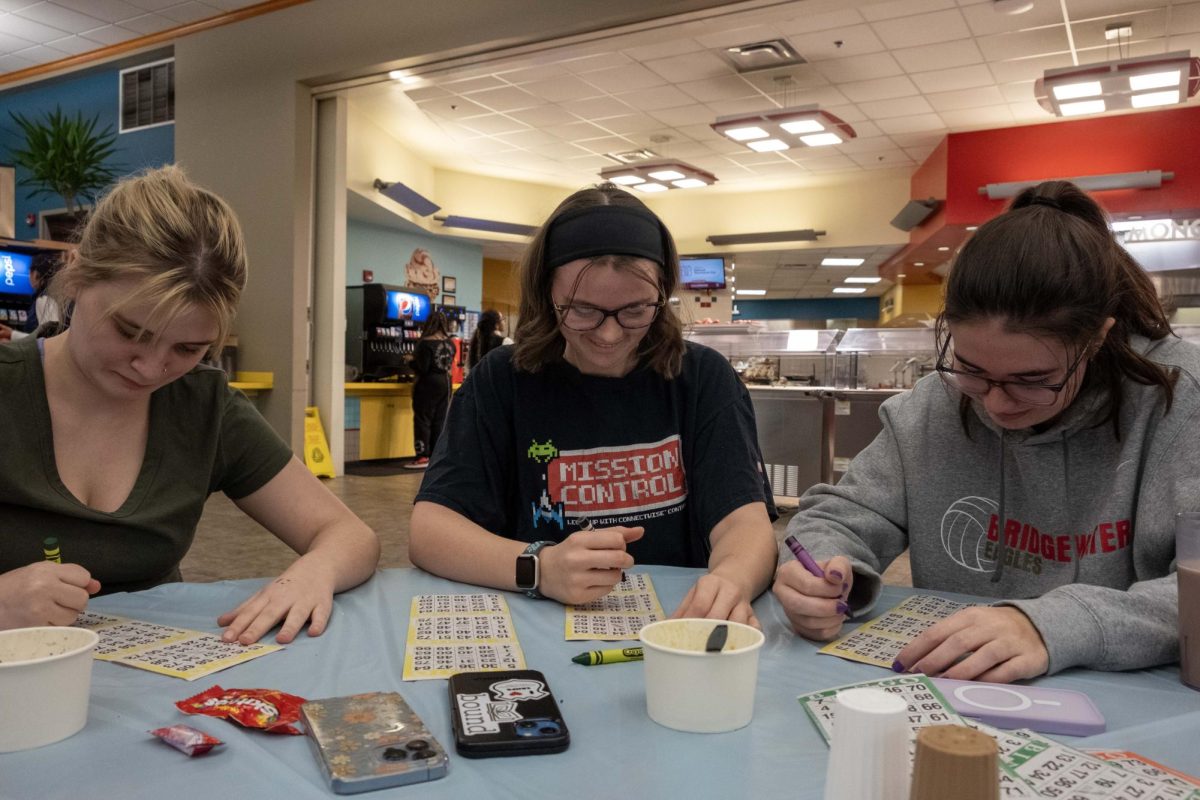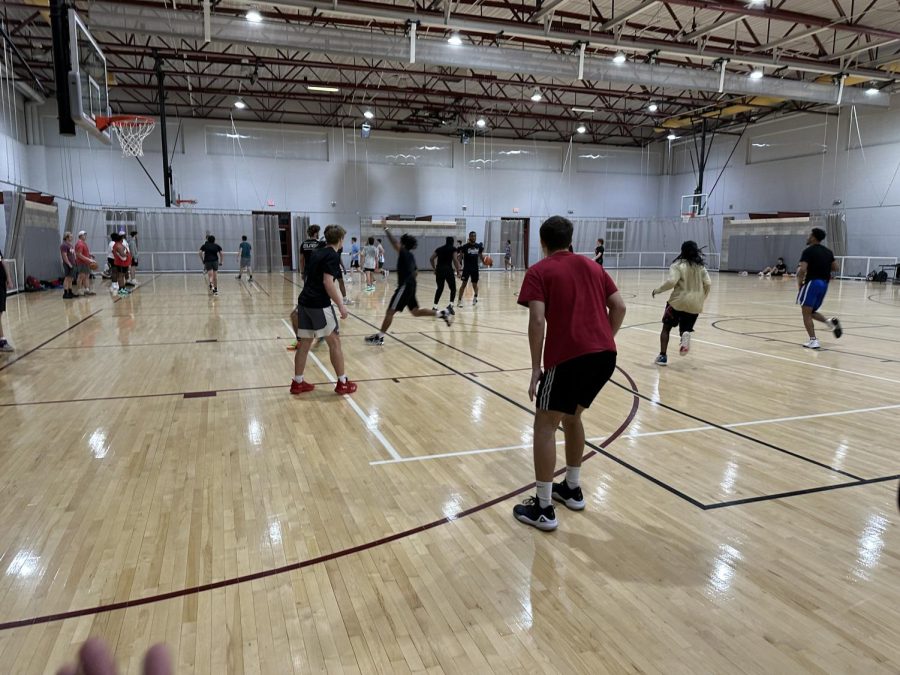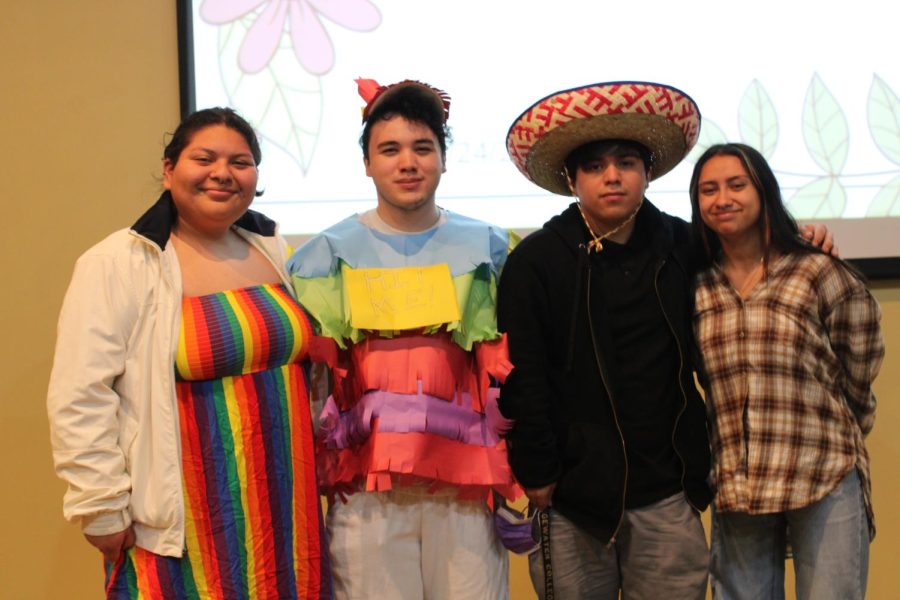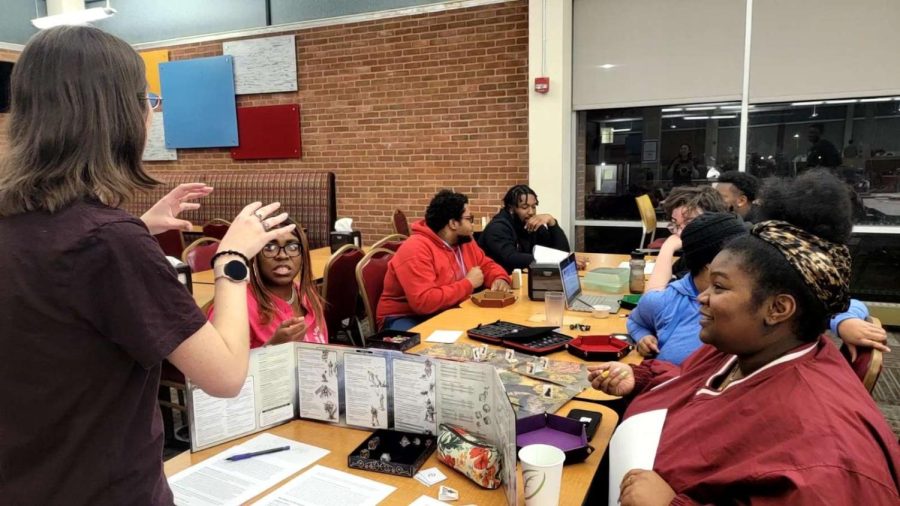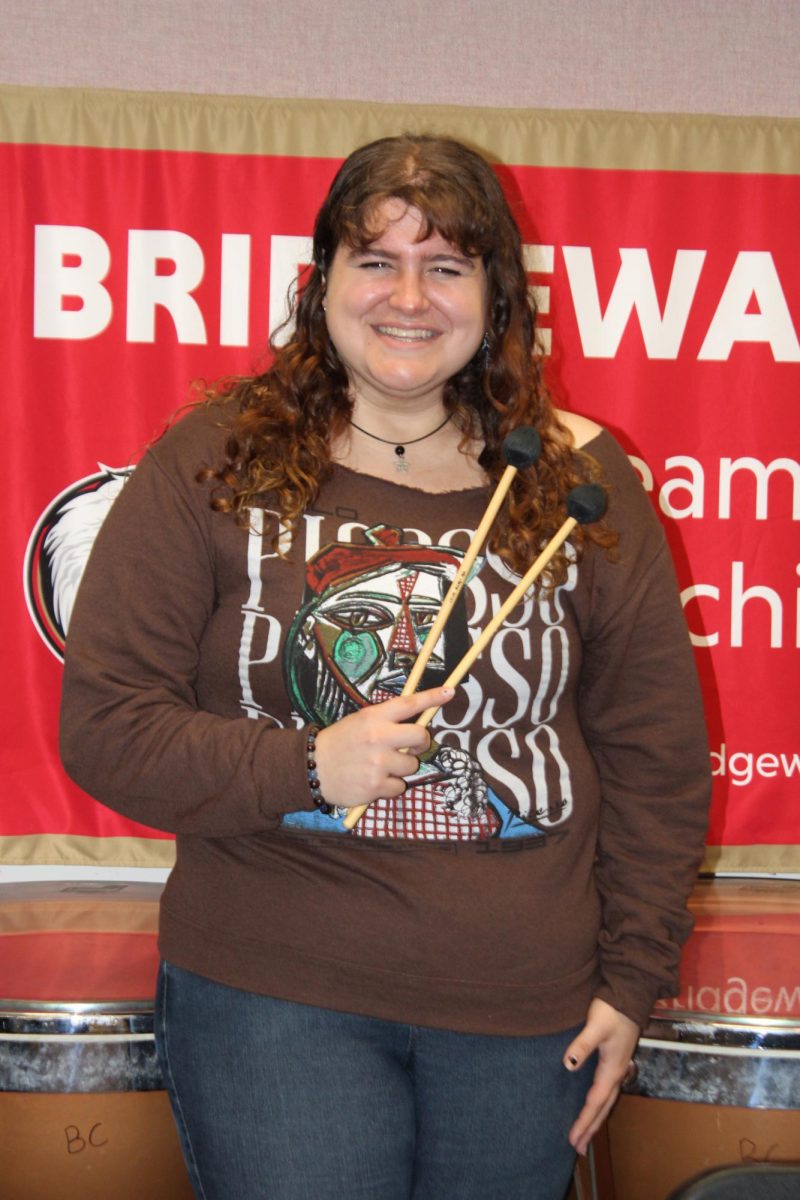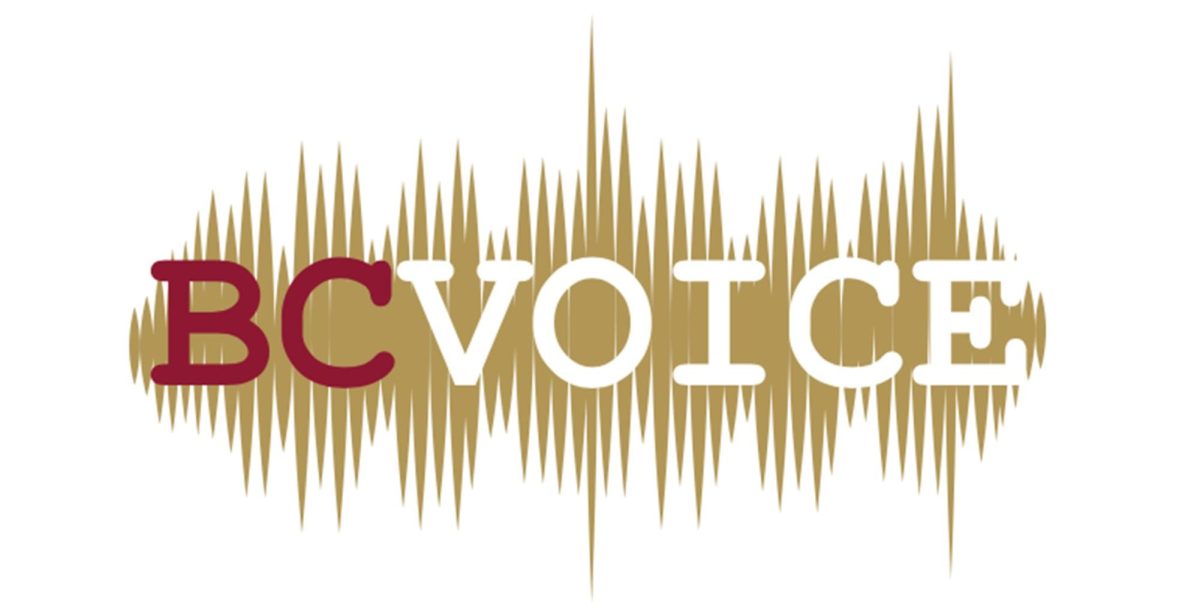‘Were You Silent or Were You Silenced?’ – The Quietness of Breakout Rooms
March 19, 2021
Bridgewater, Va. – On March 11, it officially became a year since Bridgewater College students were rushed off-campus due to a looming virus and doomed to the agony of distance learning. Even after a year, the world is still enduring the effects of the virus — resulting in the continued use of Zoom for distance learning.
I am sure we are all exhausted from constantly hearing “let me share my screen” and navigating technical difficulties with struggling internet connection. There are a plethora of challenges we have endured, but in my eyes, nothing is more aggravating than hearing my professor announce that they are going to open up the breakout rooms.
Breakout rooms have to be the worst invention ever created. It is always a guessing game between engaging with people who actually talk or staring at people until the rooms close.
It is admirable that our professors desire to create the best classroom experience possible, but breakout rooms are not often as beneficial for students. Instead of aiding in class discussions, breakout rooms only give students another chance to not engage.
“A lot of professors use breakout rooms as a way to generate more discussion, but if students aren’t participating in full class discussions, then they’re not likely to participate in small group discussions,” said senior Brittany Utley.
Every time I enter a breakout room, distance learning fails to capture the interest of my peers and people do not even remember what we should be discussing. Peers with their cameras off remain a ghost in their small groups, which makes it hard for students who actually provide great tidbits of discussion to feel like their comments are validated and heard.
“There are some students who would simply just sit there with their mics muted and wait for other members to carry the conversation and that can be really frustrating,” said junior Nathan Douglas.
Once students enter the main room again, professors always ask what they talked about, which is often minimal because nobody spoke in the breakout room. It is always one brave student who makes up a brilliant sentence to share with the rest of the class.
I have been in some terrible breakout rooms where nobody spoke to me, but I have also been in some great breakout rooms with other students who have shared a similar struggle of connecting with their peers.
“For me, I really enjoy how relaxed the atmosphere is without the professor in the breakout room. I feel like students are able to engage and share their thoughts more openly,” said Douglas.
When you have a great group of students in a breakout room, it can be a fun experience. I would advise students that may not know people in their breakout room to speak up because they may be missing out on the magic that happens when we all bond during learning.
Students, resist the urge to stay silent. Do not make people question whether you are even there. Do not be that person who makes the process even more difficult.
During this distant time, I want to show my appreciation to the extroverts who always have to open up these conversations in breakout rooms. Usually, it is these undercover heroes that save the breakout room from silence for the duration of the time.
On the other hand, I am very proud of the students like me, the introverts usually in the background of the conversation. Distance learning has given us the opportunity to start up a conversation without the anxiety of talking in front of the whole class.
While we are all experiencing this uncertain time, I would advise my peers to make the best of the classroom experience that we are actually fortunate to have. It is a miracle that our campus is still having both in-person and online courses amidst a global pandemic, and students should make the most of our new virtual reality.

